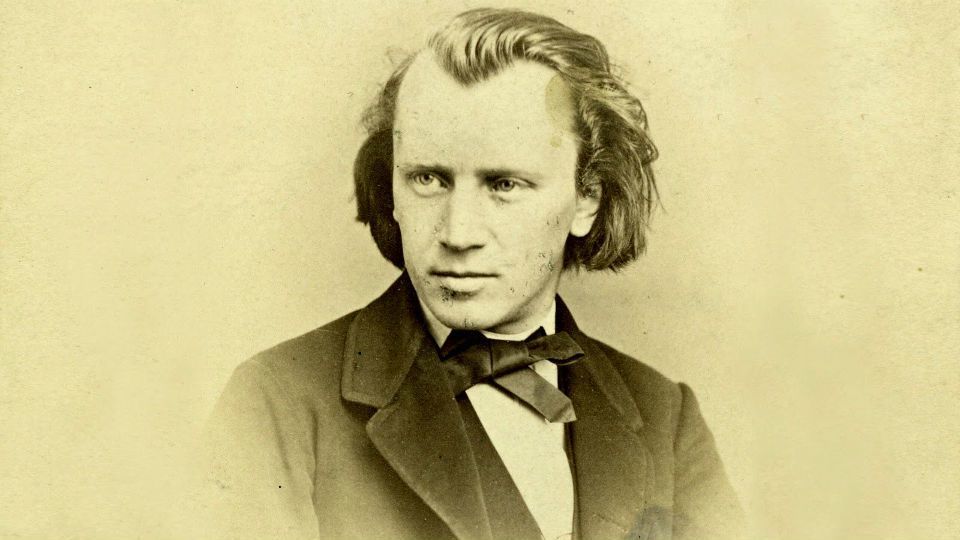Mahler and the Cuckoo
Even as a child I was struck by birdsong. -Gustav Mahler The call of the cuckoo, often associated with spring, has long inspired composers. For example, the cuckoo’s harmonious falling major third can be heard in Handel’s Organ Concerto No.13 in F Major, the second movement of Beethoven’s “Pastoral” Symphony, and Frederick Delius’ shimmering 1912 tone poem, On Hearing the First Cuckoo in Spring. The cuckoo’s call also finds its way into the music of Gustav …







